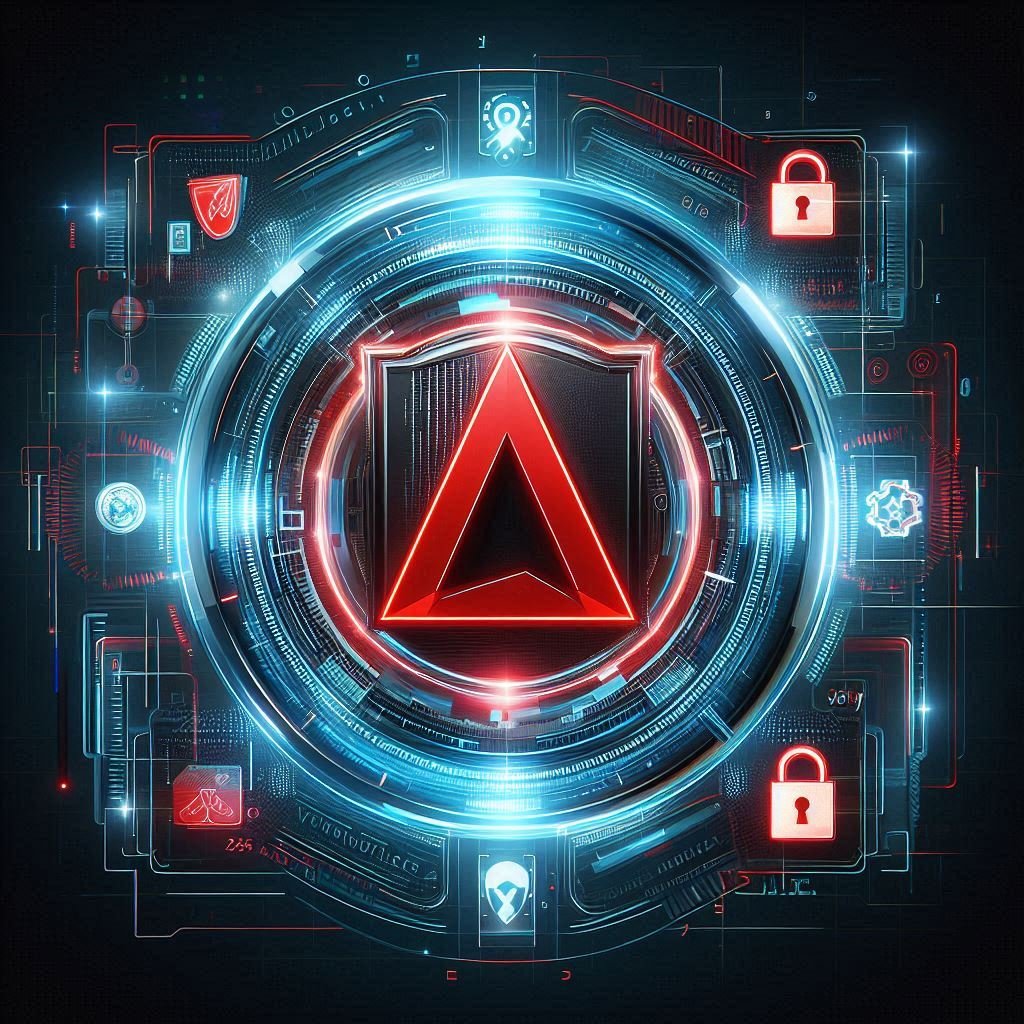Cyberattacks Are Getting Bolder: What We Can Learn from The North Face and Cartier Data Breaches
In today’s connected world, data breaches are no longer rare — they’re expected. The recent cyberattacks on The North Face and Cartier are just the latest in a series of growing digital threats aimed at brands that millions trust. But what really happened, and what can we — as everyday users — take from this?
🎯 The Targets: Trusted Luxury & Outdoor Brands
In late April 2025, The North Face disclosed that its U.S. e-commerce site had been hit by a credential-stuffing attack. In simple terms, hackers took email and password combinations stolen from other breaches and tested them on The North Face’s site — hoping people reused the same credentials.
Guess what? Many did.
Cartier, on the other hand, fell victim to a more direct unauthorized access attempt. Attackers got into their system and accessed customer information like names, emails, and countries of residence.
🔓 What Information Was Compromised?
For both brands, no credit card or banking data was stolen — a small silver lining. But customer data was. This included:
- Full names
- Email addresses
- Phone numbers
- Shipping addresses
- Birth dates (in some cases)
- Order history
While this might not sound immediately dangerous, cybercriminals can use this kind of data to create phishing emails, commit identity theft, or piece together profiles for more targeted attacks.
🚨 What This Means for You
This isn’t just a brand problem. It’s a you problem too.
If your email and password are floating around on the dark web — especially if you reuse them — your accounts could be next. That means your online shopping history, saved cards, or even personal files could be exposed.
✅ How to Stay Safe (and Smart)
Here’s what everyone should be doing right now:
- Use a password manager.
Stop remembering passwords. Let tech do the job — securely and uniquely. - Enable two-factor authentication (2FA).
It’s an extra step, but one that stops most attacks in their tracks. - Don’t click on weird links.
Always double-check emails or texts claiming to be from banks, shops, or delivery services. - Regularly check your accounts.
Scan your online profiles and accounts for unusual activity.
💬 Final Thoughts
The attacks on The North Face and Cartier are reminders that no one is immune to digital threats. Whether you’re a small business owner, an everyday online shopper, or someone who hasn’t updated their password since 2015 — it’s time to take cybersecurity seriously.
Because in this digital age, your data is currency — don’t give it away for free.
If you’d like help setting up strong security practices or learning about tools like password managers and 2FA, feel free to reach out or drop a comment below. Stay safe online!


Comments are closed